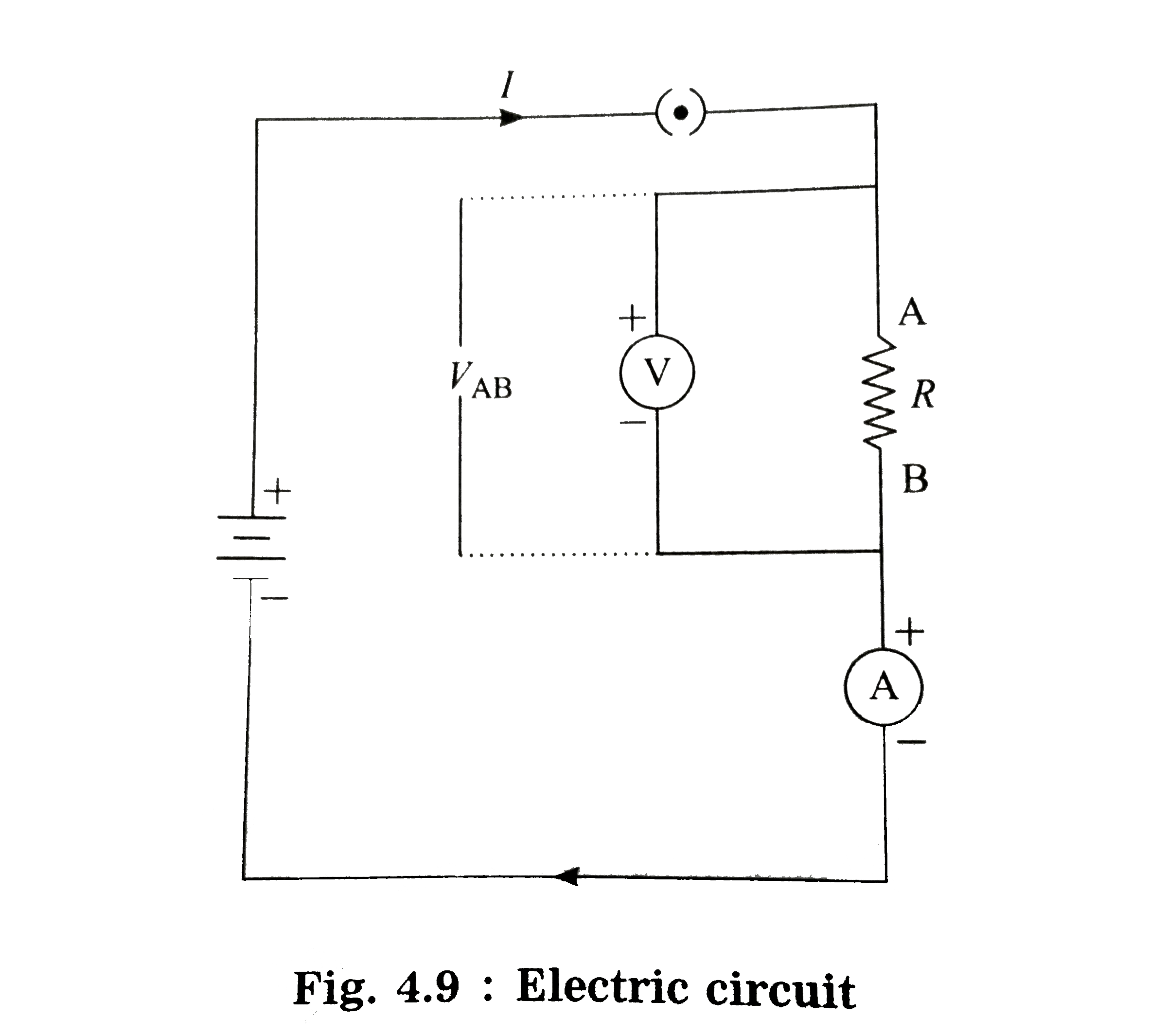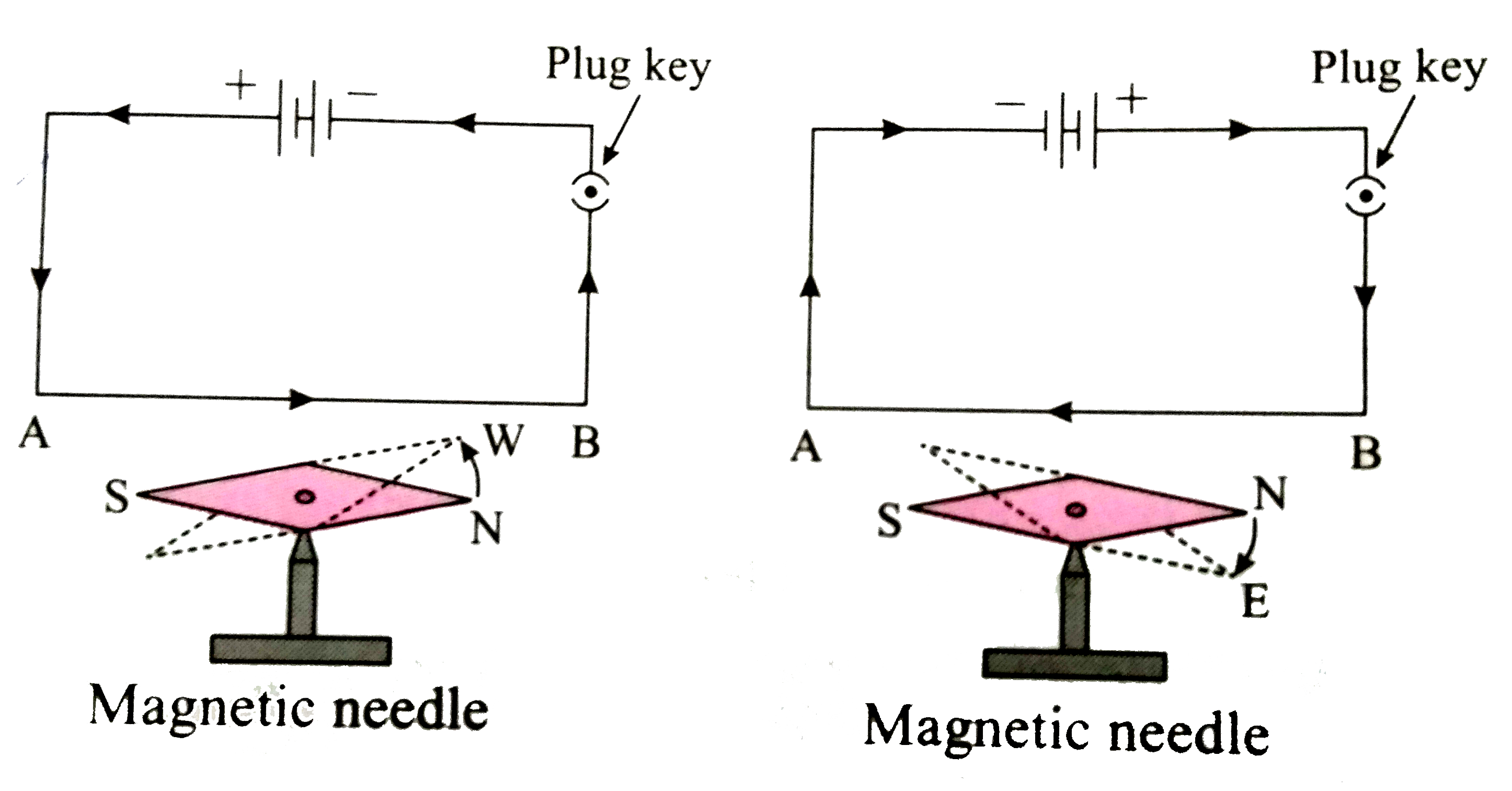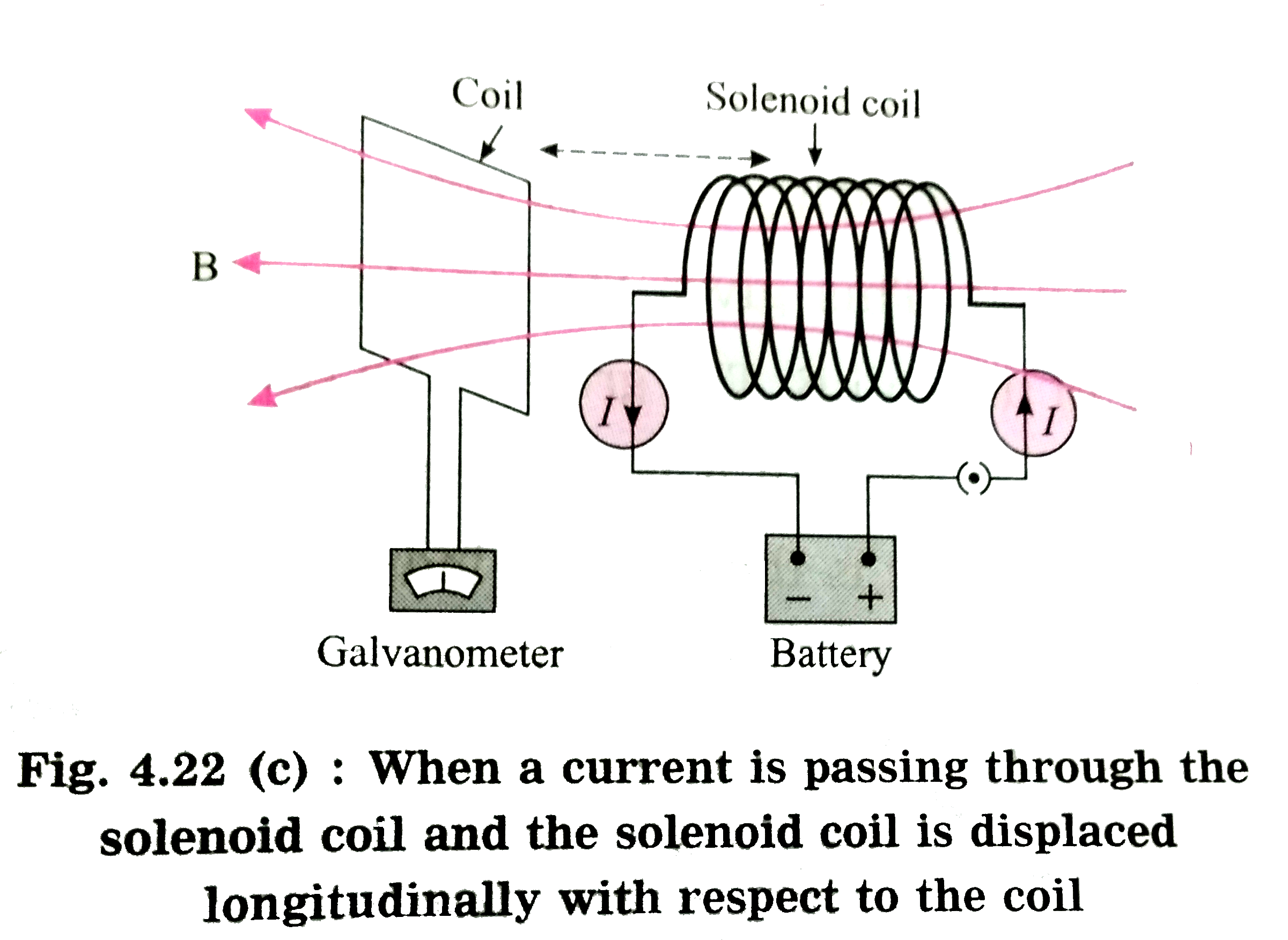Try this from NAVNEET SCIENCE (HINGLISH) EFFECTS OF ELECTRIC CURRENT for Class 10
| Class 10 | PHYSICS |
| Chapter | EFFECTS OF ELECTRIC CURRENT |
| NAVNEET SCIENCE (HINGLISH) | Try this |
| Medium | English |
| Academic Year | 2023-2024 |
Question 1
Material : Connecting wires , electric cells, electrical resistance, voltmeter , ammeter , plug key.
Procedure : Connect the circuit as shown in the accompanying figure after taking the components with proper values. Measure the current (I). Also measure the potential difference (V)AB between the two ends (A and B) of the resistance .
The potential at A is higher than the potential at B as the point A is connected to the positive electrode of the cell and the point B to the negative electrode of the cell.

If a charge Q flows from A to B, work VAB Q, has been done on Q while going from A to B . From where does the energy come to do this work.View SolutionQuestion 2
Material : Connecting wires , electric cells, electrical resistance, voltmeter , ammeter , plug key.
Procedure : Connect the circuit as shown in the accompanying figure after taking the components with proper values. Measure the current (I). Also measure the potential difference (V)AB between the two ends (A and B) of the resistance .
The potential at A is higher than the potential at B as the point A is connected to the positive electrode of the cell and the point B to the negative electrode of the cell.

What happens to this energy?View SolutionQuestion 3
Connect the circuit as shown in figure Connect a copper wire, thicker and straight as compared to the connecting wires, between A and B. Keep a magnetic needle adjacent to the wire. Keep the plug key open in the circuit and observe the direction of the needle. Close the plug key and observe the direction of the needle. What do you notice? Now interchange the connecting wires connected to the cell and observe the direction of the magnetic needle. Do you notice any relation between the direction of current and position of the needle?

What do you learn from this experiment?View SolutionQuestion 4
Connect the circuit as shown in Fig, When a large current (approximately 1 A or more) flows through the thick copper wire passing through the cardboard, the magnetic needle kept at different points on the cardboard around the wire stands in different directions.

Mark these directions with a pencil. The direction of the current shown in the circuit is its convential direction. What changes are caused by increasing or decreasing current? What do you see when the magnetic needle is kept a little away from the wire? Now, instead of the magnetic needle, spread iron filings on the cardboard and observe. The iron filings arrange themselves in a circular manner around the wire. Why does this happen?View SolutionQuestion 5
Material : Flexible copper wire, stand, electric cell, a horseshoe magnet with a strong magnetic field. Procedure : Using the stand, fix the copper wire so that it passes through the poles of the horse-shoe magnet as shown in the figure 4.17. Connect the circuit as well. What do you observe? Whenever a current is not flowing through the wire, it remains straight ( position A). When the current flows from top to bottom, the wire bends and comes into position C.If the current direction is reversed, i.e. it flows from the bottom to the top end, the wire bends but comes in the position B. This means the direction of the force on the wire is perpendicular to both the magnetic field and the direction of the current.
Here, the direcțion of magnetic field is from N to S, (H). In this experiment it is noted that whenever a current flows through a conductor in the presence of magnetic field, a force is exerted on the conductor. If the direction of the current is réversed, the direction of the force also gets reversed. If the magnet is kept reversed, i.e. its South pole is brought at the position of its North pole and its North pole brought to the position of its South pole, what will happen?View SolutionQuestion 6
The given experiment clearly shows that a force is exerted on the current-carrying conductor. The direction of this force depends on both the direction of the current and the direction of the magnetic field. Experimentally, it is possible to show that this force is maximum when the direction of the current is perpendicular to the direction of the magnetic field. How will you do this?
 View Solution
View SolutionQuestion 7
Complete the circuit as shown in figure (a). Discuss about and select the components as required. In this experiment, if we open the plug key and make the current zero in the coil, the pointer of the galvanometer deflects to a side and quickly comes back to zero. If the current in the coil is started again, the pointer again deflects to the other side and then returns quickly to zero. Now when the electrical current is flowing through the solenoid coil and the solenoid coil is displaced with respect to the coil, the current is still produced in the coil.


What can be inferred from these two experiments ?View Solution
All Exercises from NAVNEET SCIENCE (HINGLISH) Class 10 PHYSICS EFFECTS OF ELECTRIC CURRENT
- CAN YOU RECALL
- THINK ABOUT IT
- OBSERVE AND DISCUSS
- TRY THIS
- FIND OUT
- USE YOUR BRAIN POWER
- FILL IN THE BLANKS
- SELECTING THE CORRECT OPTIONS
- TRUE AND FALSE
- FIND THE ODD ONE OUT AND JUSTIFY IT.
- TELL THE ODD ONE OUT. GIVE PROPER EXPLANATION :
- MATCH THE COLUMN
- NAME THE FOLLOWING :
- ANSWER THE FOLLOWING QUESTIONS IN ONE SENTENCE EACH :
- ANSWER THE FOLLOWING QUESTIONS :
- GIVE SCIENTIFIC REASONS :
- DISTINGUISH BETWEEN THE FOLLOWING :
- NUMERICAL PROBLEMS
- NUMERICAL PROBLEMS FOR PRACTICE